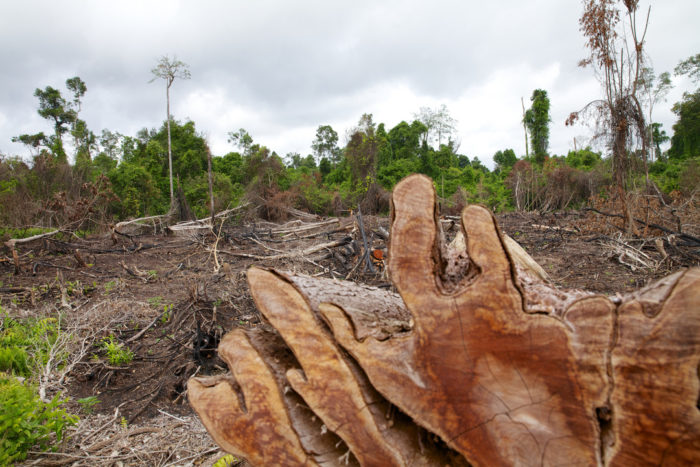
Image Credit: Nanang Sujana / CIFOR via Flickr
This post first appeared at Yale Environment 360.
When the Forest Stewardship Council got its start in 1993, it seemed to represent a triumph of market-based thinking over plodding command-and-control government regulation. Participants in the 1992 Rio Earth Summit had failed to reach agreement on government intervention to control rampant tropical deforestation. Instead, environmental organizations, social movements, and industry banded together to establish a voluntary system for improving logging practices and certifying sustainable timber.
The Forest Stewardship Council (FSC) soon set standards that seemed genuinely exciting to environmental and social activists, covering the conservation and restoration of forests, indigenous rights, and the economic and social well-being of workers, among other criteria. For industry, FSC certification promised not just a better way of doing business, but also higher prices for wood products carrying the FSC seal of environmental friendliness.
A quarter-century later, frustrated supporters of FSC say it hasn’t worked out as planned, except maybe for the higher prices: FSC reports that tropical forest timber carrying its label brings 15 to 25% more at auction. But environmental critics and some academic researchers say FSC has had little or no effect on tropical deforestation. Moreover, a number of recent logging industry scandals suggest that the FSC label has at times served merely to “greenwash” or “launder” trafficking in illegal timber.
Reports of FSC failures
In a 2014 report, Greenpeace, an FSC member, slammed the organization for standing by as FSC-certified loggers ravaged the Russian taiga, particularly the Dvinsky Forest, more than 700 miles north of Moscow. Greenpeace accused FSC-certified logging companies there of “wood-mining” forests the way they might strip-mine coal, as a nonrenewable resource, and of harvesting “areas that are either slated for legal protection or supposed to be protected as a part of FSC requirements.”
In 2015, the U.S. flooring company Lumber Liquidators pleaded guilty to smuggling illegal timber from the last habitat of the Siberian tiger in the Russian Far East. Its main supplier of solid oak flooring was a Chinese company named Xingjia, which held an FSC “chain of custody” certification, meaning it was licensed to handle FSC-certified timber. According to an investigator in the case, another Chinese company marketing to the United States offered to put an FSC label on illegal wood flooring in exchange for a 10% markup.
In Peru, investigators determined in 2016 that more than 90% of the timber on two recent shipments bound from the Amazon to Mexico and the U.S. was of illegal origin. In what it called an “unprecedented enforcement action,” the Office of the U.S. Trade Representative last October banned the main exporter in those shipments from the U.S. market. That company, Inversiones La Oroza, still boasts on its website that it “complies with the principles and criteria of Forest Stewardship Council (FSC),” though FSC finally suspended its certification in 2017.
In 2015, an undercover investigation implicated an FSC-certified Austrian company, Holzindustrie Schweighofer, in illegal logging in Romania, including some in national parks and other protected areas. An FSC expert panel subsequently recommended that the organization “disassociate” from Holzindustrie Schweighofer based on “clear and convincing evidence” of illegality. FSC opted at first for suspension instead. An outcry from environmentalists soon pushed it to break ties with the company, but FSC is already working on a “roadmap” to bring Schweighofer back into certification.
FSC was not a target
The cases in China, Peru, and Romania all resulted from undercover operations by the Environmental Investigation Agency, a Washington, D.C.-based nonprofit. “We didn’t mean to go after FSC,” says David Gehl, that group’s Eurasia programs coordinator. FSC just kept turning up in the same places as a lot of illegal logging, he says.
Many logging companies appeared to obtain an FSC certification for management practices on one forest, and then use it to cast a halo over their far more extensive dealings in forests elsewhere, with little regard for sustainability or even legality.
Kim Carstensen, director general of FSC International — which is based in Bonn, Germany — says the organization has acted appropriately in those cases. “I would claim that overall, our control systems are robust, solid, and continuously being developed,” he adds. “Nothing is perfect, and of course there are issues with FSC certificates. But we have very many stakeholders who point us to them and make us act on them. We have corrective actions happening constantly, and there is a lot of solidity, I think, in that system.”
Simon Counsell, executive director of Rainforest Foundation UK and an early proponent of the forest certification idea, argues that the opposite is true. His frustration with FSC led him to co-found the website FSC-Watch.com, “where you can see many, many scores of examples right across the span of FSC’s life, and all types of forests and plantations, that suggest there are still some very serious systemic problems in the FSC. One of them is that the FSC secretariat is unable and arguably unwilling to control the certifying bodies that are responsible for issuing certifications in FSC’s name.”
These certifying agencies often display a lack of expertise on visits to logging operations, says Counsell, along with “the systematic downplaying of problems that are identified, and inadequate attention to fraud and misreporting of information.”
That leniency may result partly from being paid directly by the companies they are supposed to audit. The certifiers also “know they can get away with issuing certificates even to companies that are flagrantly breaking the law, without any major repercussions from FSC,” he says. Carstensen counters that FSC takes action based on independent audits of its certifying companies, and that the payment setup is no different from a corporation paying an accounting firms to audit its finances.
Veto power aids industry
Money questions also handicap FSC in other ways, according to its critics. The organization’s decision-making structure consists of environmental, social, and economic (or industry) chambers, each having an equal vote. But many issues get farmed out to working groups, which can take years to reach a consensus.
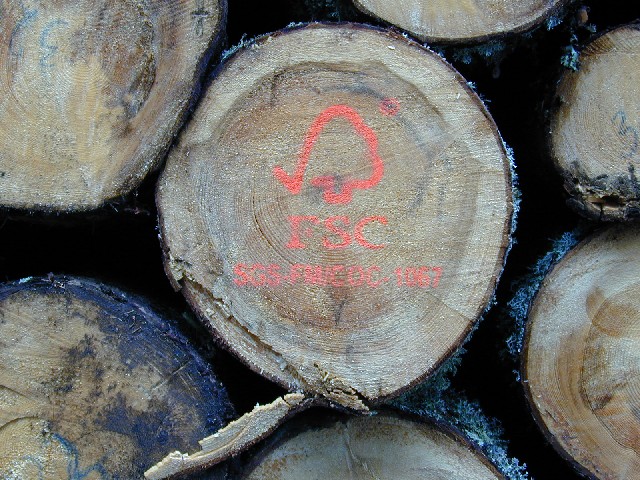
And the reality, says Counsell, is that environmental and social groups typically cannot match the resources and staff hours that logging companies with a financial interest at stake can devote to the process. (Carstensen counters that the environmental and social groups hold their own, in part by their ability to bring media attention to bad behavior.)
When a motion ultimately comes to the floor at FSC’s general assemblies, held every three years, each chamber has a veto, meaning the power to block any initiative that goes against its interests. But at the 2017 general assembly, “the development of a voting block by the economic chamber to kill motions,” Grant Rosomon of Greenpeace wrote afterwards, became known as “the red sea” for the red “no” cards industry voters held up in unison.
“This was extremely concerning,” said Rosomon, “particularly as high priority issues for the social and environment chambers were voted against without explanation, justification, or prior engagement in the cross-chamber motion preparation process.” He called it “a turning point” in how FSC operates.
Industry has also gained sway over FSC because of competition from rival forest-certifying organizations, notably the Programme for the Endorsement of Forest Certification (PEFC). David Gehl of the Environmental Investigation Agency calls PEFC “basically certification by the industry, for the industry,” minus the social and environmental chambers. Buyers often have trouble distinguishing what Greenpeace calls “fake forest certification” from the real thing. The result is that it’s more difficult for FSC to impose rigorous standards on logging companies. But the danger is that lax standards could turn the FSC into a “fake forest certification” scheme, too.
FSC largely absent in the tropics
Money also skews the balance against effective certification in one other important way. Though FSC’s original purpose was to slow tropical deforestation, it has largely been absent from the tropics. Almost 85% of the 492 million acres of forest it has currently certified so far are in North America and Europe. “It’s as if someone outfitted an armada to sail off and fix forest management in the tropics,” says one FSC-watcher, “but instead it sailed off into the North.”
The change in direction wasn’t deliberate. Getting certified can be expensive, because of the need to set aside 10% of a forest for conservation, and the cost of improved labor and logging practices. Logging companies in developed countries are often better situated than their tropical counterparts to pay for those changes, or have already made those changes to comply with local laws.
The result, says Counsell, is that FSC “is essentially rewarding forestry that’s already better because there is a better forest regulatory regime. It’s failing to transform those countries in the tropics, in the south, where there isn’t a good forest regime, indicating that as a voluntary measure it really isn’t adequate to change practices. And that of course is a big concern.”
A 2016 meta-analysis of scientific studies found that FSC certification in the tropics has reduced degradation and improved labor and environmental conditions in the affected forest — no small accomplishment. But other rigorously designed studies looking at overall deforestation indicate that FSC has had little or no effect.
That may be yet another money question, says Allen Blackman, an economist at Resources for the Future and lead author of a 2015 study on FSC certification in Mexico. Small-scale, poorly performing logging operations are common in the tropics, and they aren’t the ones likely to get certified. FSC may also have had little effect on deforestation for the simple reason that “a lot of the deforestation in developing countries is not happening associated with forestry operations,” says Blackman.
Instead, the driving factor is illegal land use change, meaning conversion of natural forests to palm oil plantations, commercial agriculture, and ranching. The apparent ineffectiveness of certification, Blackman and his co-authors conclude, should “give pause to policymakers” thinking of certification as a tool for addressing deforestation.
Combined with the recent evidence of blatant illegality by FSC-certified companies, it might also give pause to consumers who have put their faith in the FSC label. It might give pause to the entire wood products industry, which has profited up to now by turning a blind eye to that illegality. Sooner or later, industry will have to face up to the painful reality that it needs a far more rigorous forest certification scheme, combined with governmental regulation — for instance, to stop those land conversions — if it wants there to be any forests left to profit from in the future.
Richard Conniff is a frequent contributor to Yale Environment 360. His articles have appeared in a number of publications, including The New York Times, Smithsonian, and The Atlantic.
Weekly Newsletter
Get building science and energy efficiency advice, plus special offers, in your inbox.





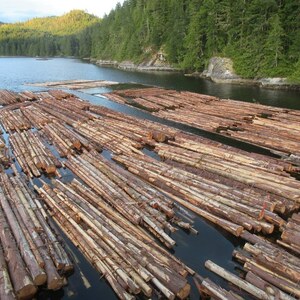
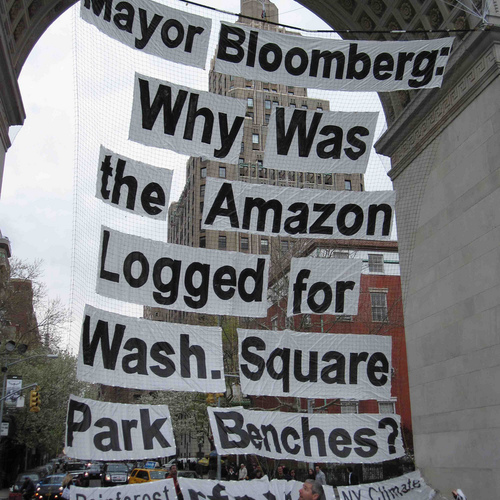
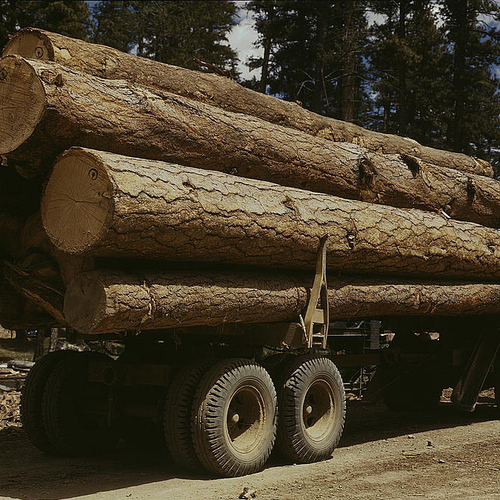







4 Comments
it's not easy being green
As a consumer, I don't pay attention to "green" logo or certifications.
What does it mean to be green? That is a daily question on this site, where talk of energy efficiency often translates into dollar efficiency.
One big example. The ardent support for net zero energy, despite the fact that utility scale solar is less expensive in both currency and physical resources, to create more usable energy.
Like most issues, concluding whether something is green is not possible for most consumers, in large part because very few people have a good understanding what it means to be green. If such an objective truth is even possible.
This is an older post that I just ran across, but thought I would chime in.
I work for an international conservation organization here in the USA, and we seem to be at the other end of conservation forestry certificates here in my region (Tennessee). Note...I am not a forester, just a conservation biologist with opinions relatively unencumbered by scientific evidence or forest industry expertise.
We (My organization) have a working forest program that requires FSC certification, but in our region, there are no lumber mills that offer higher prices for FSC wood. Outside of the eligibility for carbon sales on the private market, there is absolutely no financial incentive for landowners to enroll in conservation forestry certification programs. In places like Tennessee, even state BMP's (Forestry Best Management Practices) are not required on private property.
In my observations, FSC auditors in the USA do a pretty good job of holding foresters and land owners accountable, and the FSC regulations are currently very good. In practice these absolutely result in a more sustainable forest, that also maintains improved ecological function.
Our larger problems with the program here seem to be: limited opportunities in the marketplace, and an overall dilution of the value of conservation forestry certifications by competing entities. FSC is certainly not the only player in the conservation forestry certification realm. There is a range of certifications, some of which are pretty meaningless, but there is no expectation for a consumer to know, or value, the difference.
All that is to say, that I wouldn't throw out FSC for being ineffective just yet. I think FSC has some of the best conservation forestry standards, and a good system of checks and balances. It may be a struggle to build it into something that is recognizably improving forest landscapes around the world, but as the old adage states: "don't let the perfect be the enemy of the good."
Have you ever been to a tropical country, lived in, or done business in a tropical society? Regulations have little effect without the rule of law. I've worked in the tropics, built with tropical timbers, and it's not the FSC's fault that corruption remains endemic and nobody pays any attention to any rules, especially from abroad.
We need to be careful about generalizations. Costa Rica is a tropical country, and according to the WJP Rule of Law Index, Costa Rica ranks higher (when it comes to respect for the rule of law) than some European countries (for example, Slovenia, the Slovak Republic, Poland, Romania, Greece, or Croatia). So it's not about the weather or climate.
That said, I think I understand your point. Passing laws or regulations will not be a sufficient solution to the forest crisis.
There are many encouraging examples of conservation around the world. The most effective programs involve efforts to get local communities to understand the benefits (including the economic benefits) of conservation. Programs that focus on school children often have excellent long-term effects. When villagers understand the value of their local forest, or local coral reef, they will often organize to protect it.
Log in or create an account to post a comment.
Sign up Log in